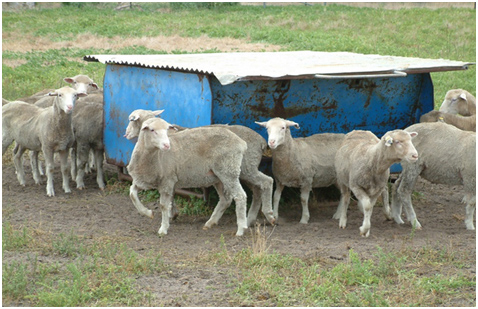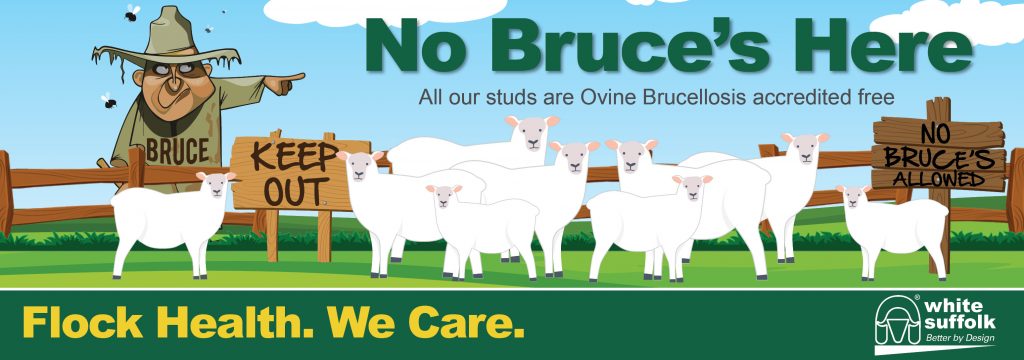For many now is a good time to review the performance of your lamb feedlot. There are a number of key benchmarks that producers should measure to analyse performance. These include death rates and associated cost, daily weight gain, tonnes and cost of feed used, labour cost and cost of animal treatments. Knowing the above numbers will enable you to calculate the profitability of this enterprise and at what point (carcase value and cost of grain) that feed lotting is economical.

Review your Feedlot Performance
For many now is a good time to review the performance of your lamb feedlot. The success and profitability of this exercise varies tremendously amongst producers and in our experience we find very few producers have a handle on what it costs them to put on a kg of carcase weight in a feedlot. When prices are around $6/kg carcase weight and grain prices are reasonable there should be a few dollars in this enterprise, but at what point is it not an economical enterprise. Running a feedlot takes up considerable time, whether that’s less time doing other jobs on farm, increased employed labour costs or an inability to get off farm for a few weeks of the year.
There are a number of key benchmarks that producers should measure to analyse performance.
- Mortality Rates – Have you kept a record of these? Including date and likely cause. Eg: deaths early are likely to be introduction issues and deaths late could signal ration mineral imbalance.
- Daily weight gain – Entry and sale weights divided by days in feedlot
- Tonnes of feed used or $ of feed used
- Time spent processing/feeding animals. $ value/head
- $value of animal treatments administered
Knowing the above numbers will enable you to calculate the profitability of this enterprise and at what point (carcase value and cost of grain) that feed lotting is economical. There are many parties with an interest in encouraging lamb feed lotting. We challenge producers to know what it costs them to gain a kilogram of carcase weight in a feedlot, to ensure that you are making an extra buck out of the extra work and costs that this ties you into.
(Article courtesy of “Livestock Logic” May 2015 Newsletter)
